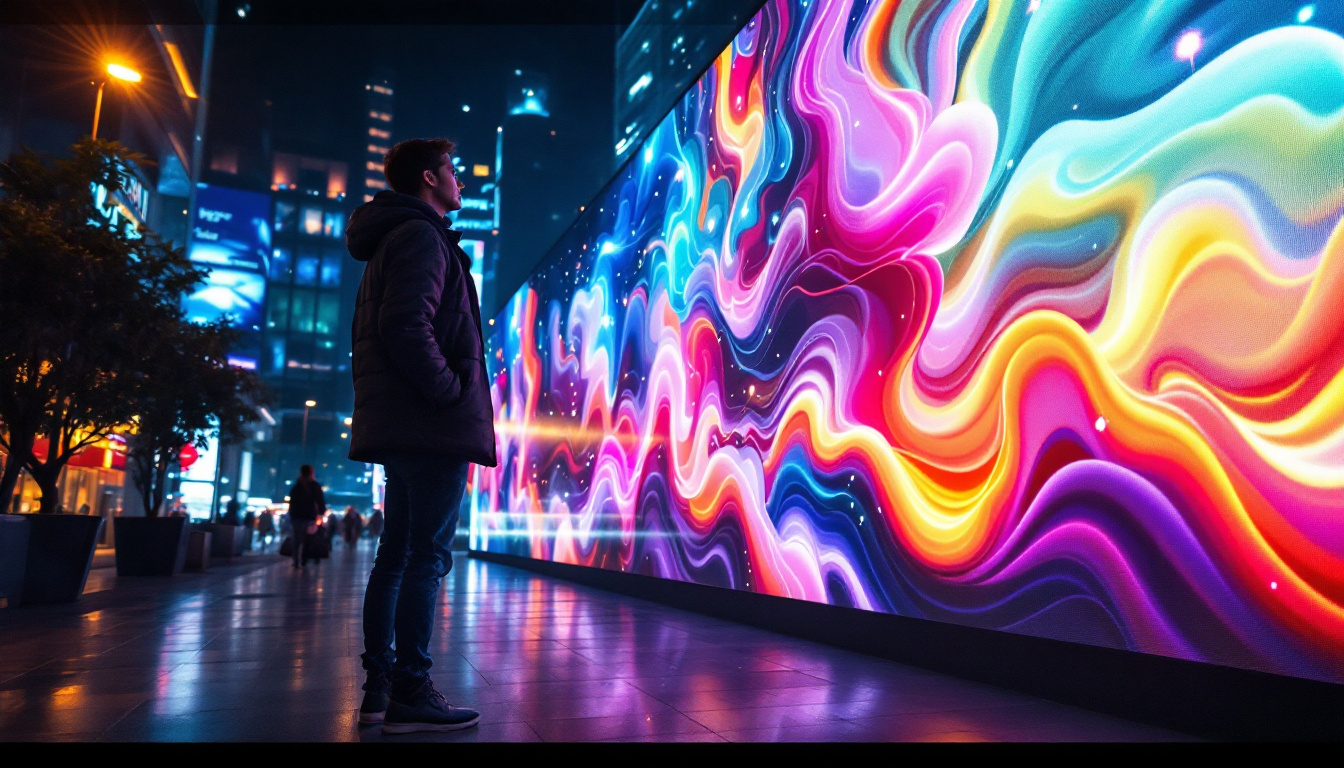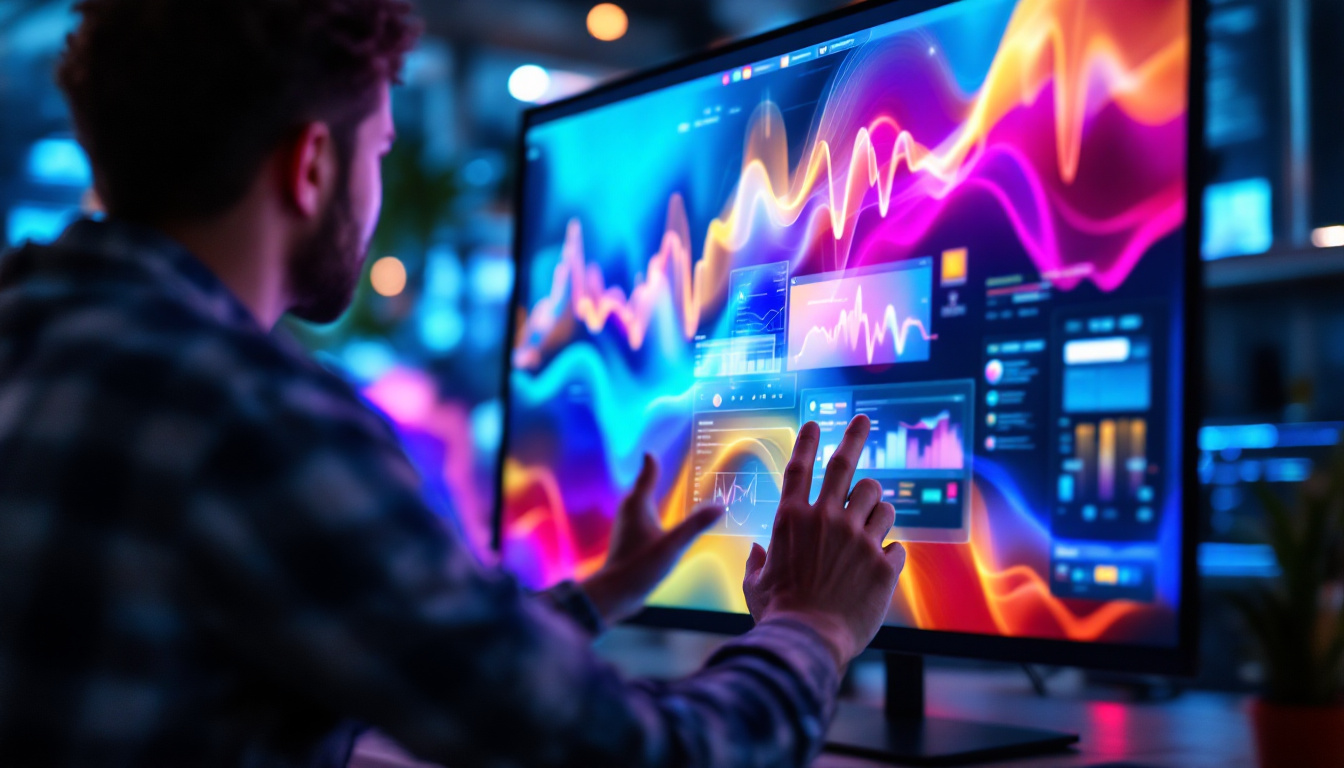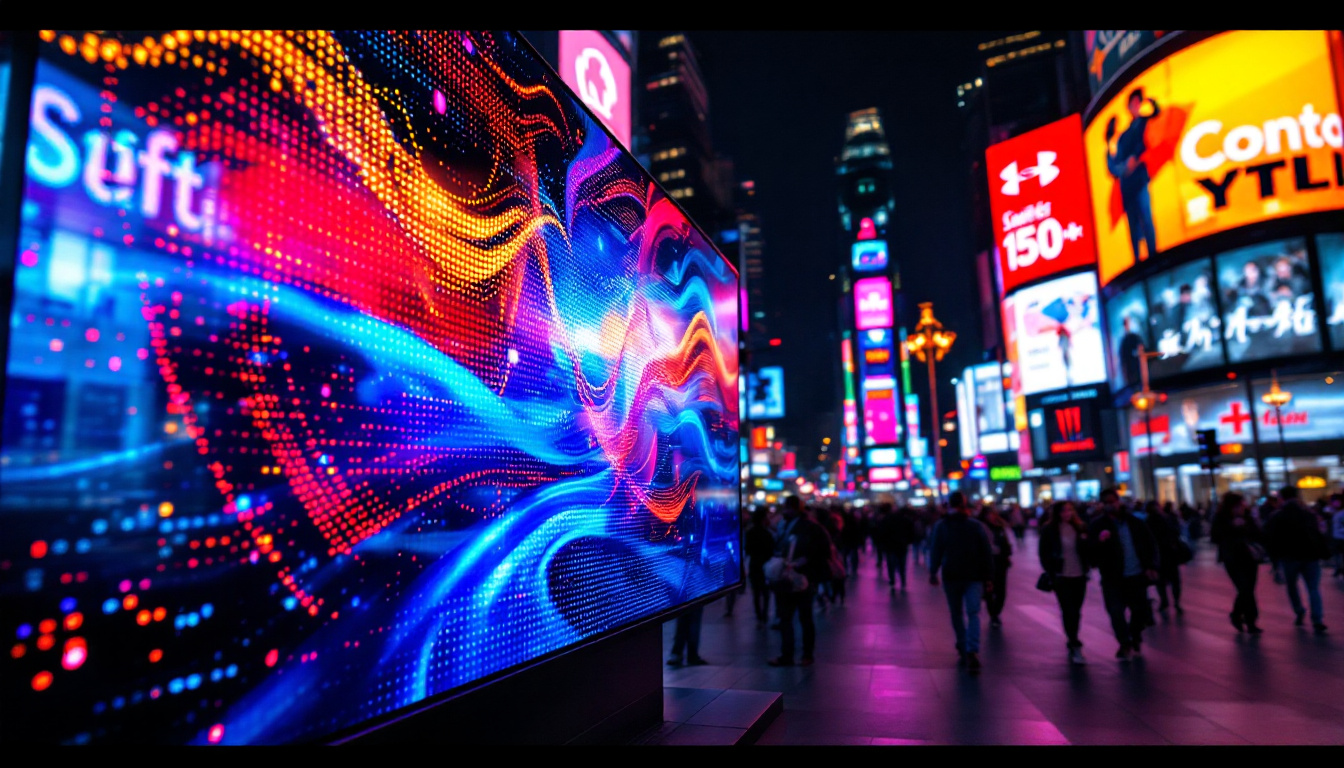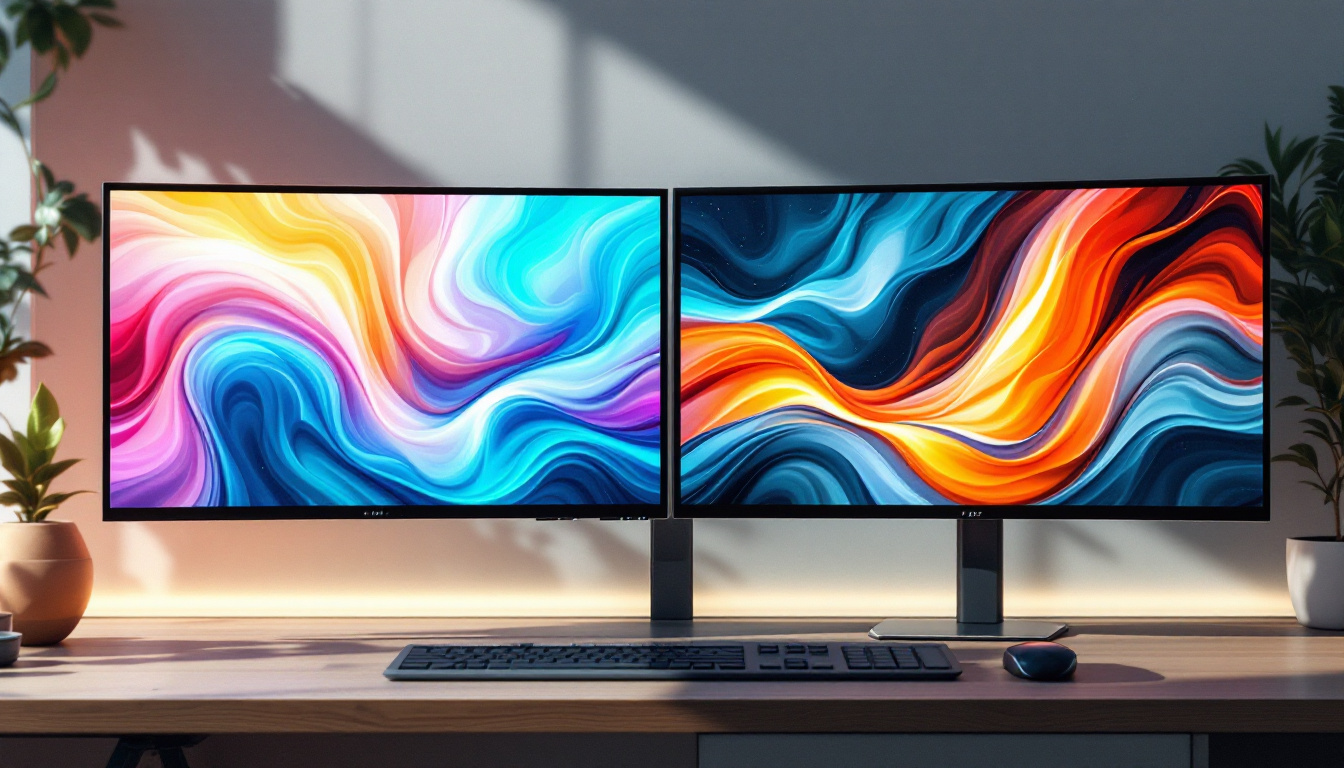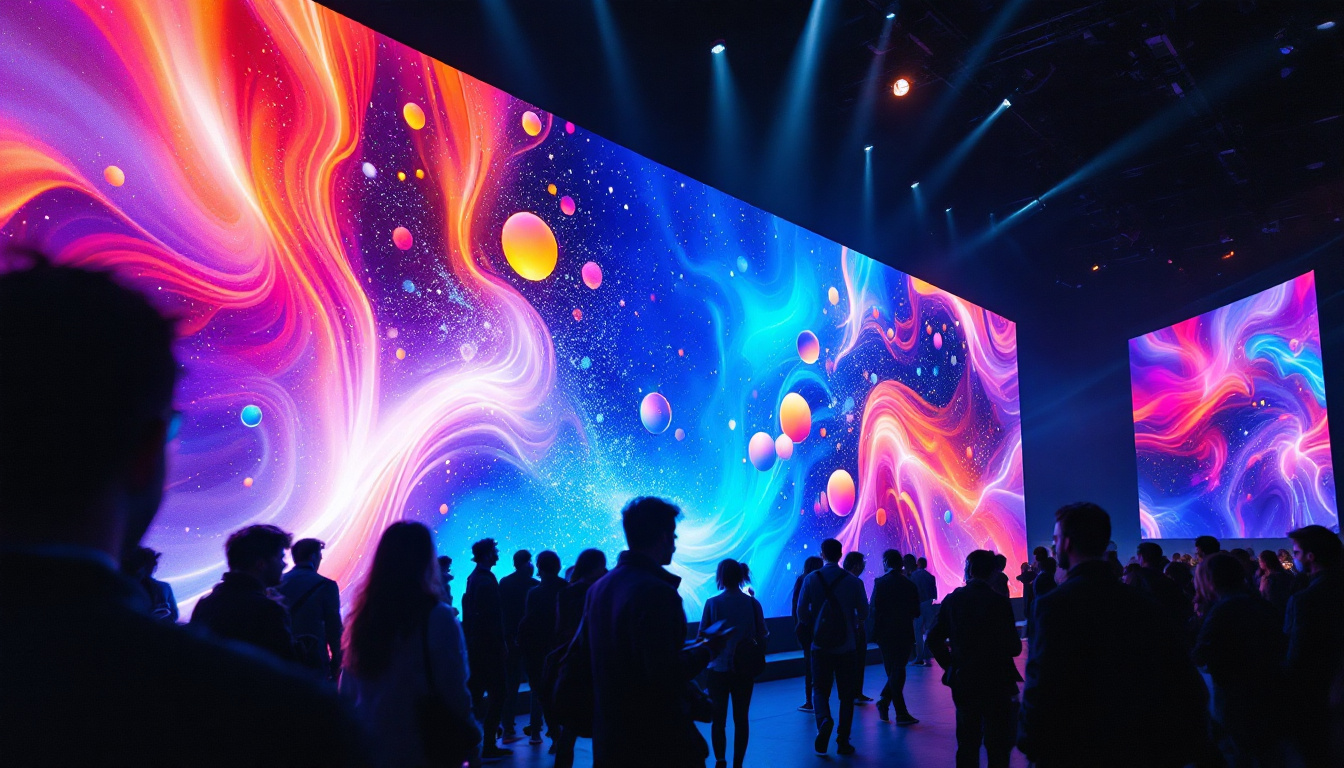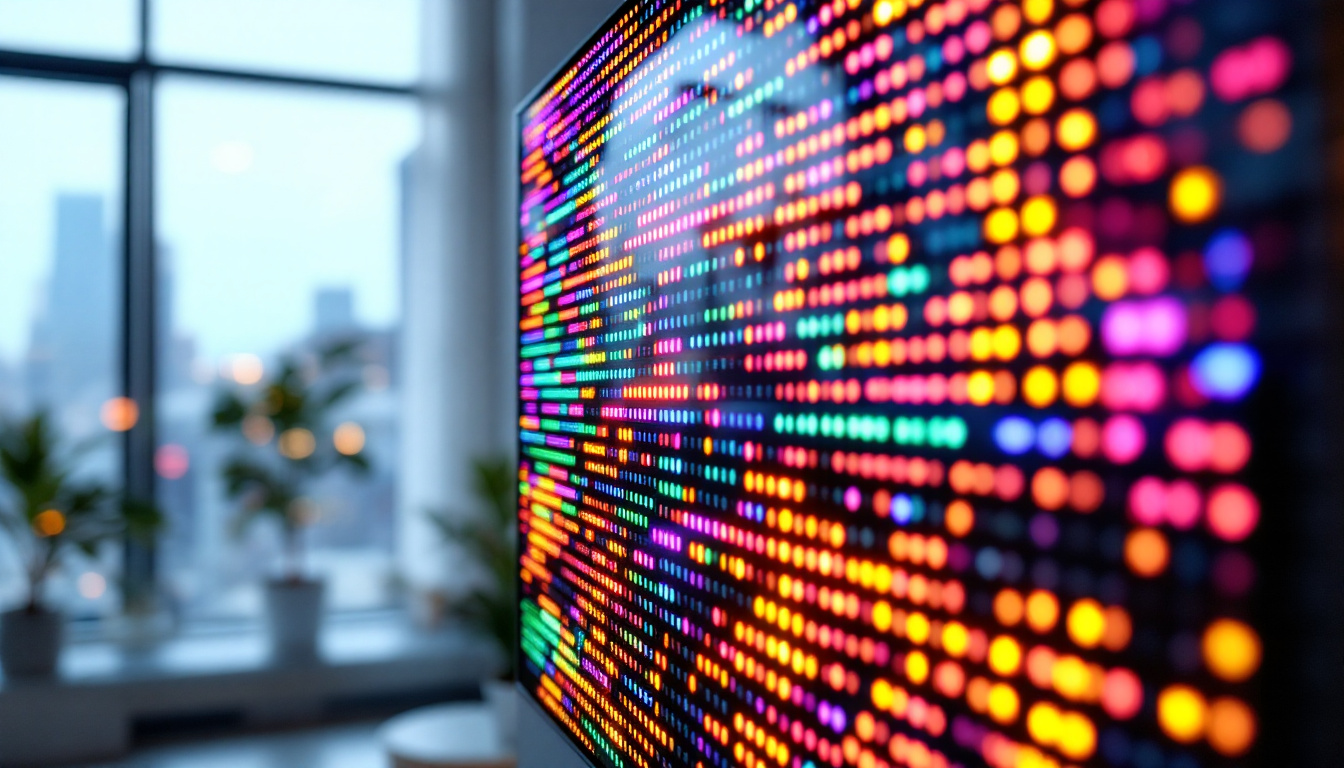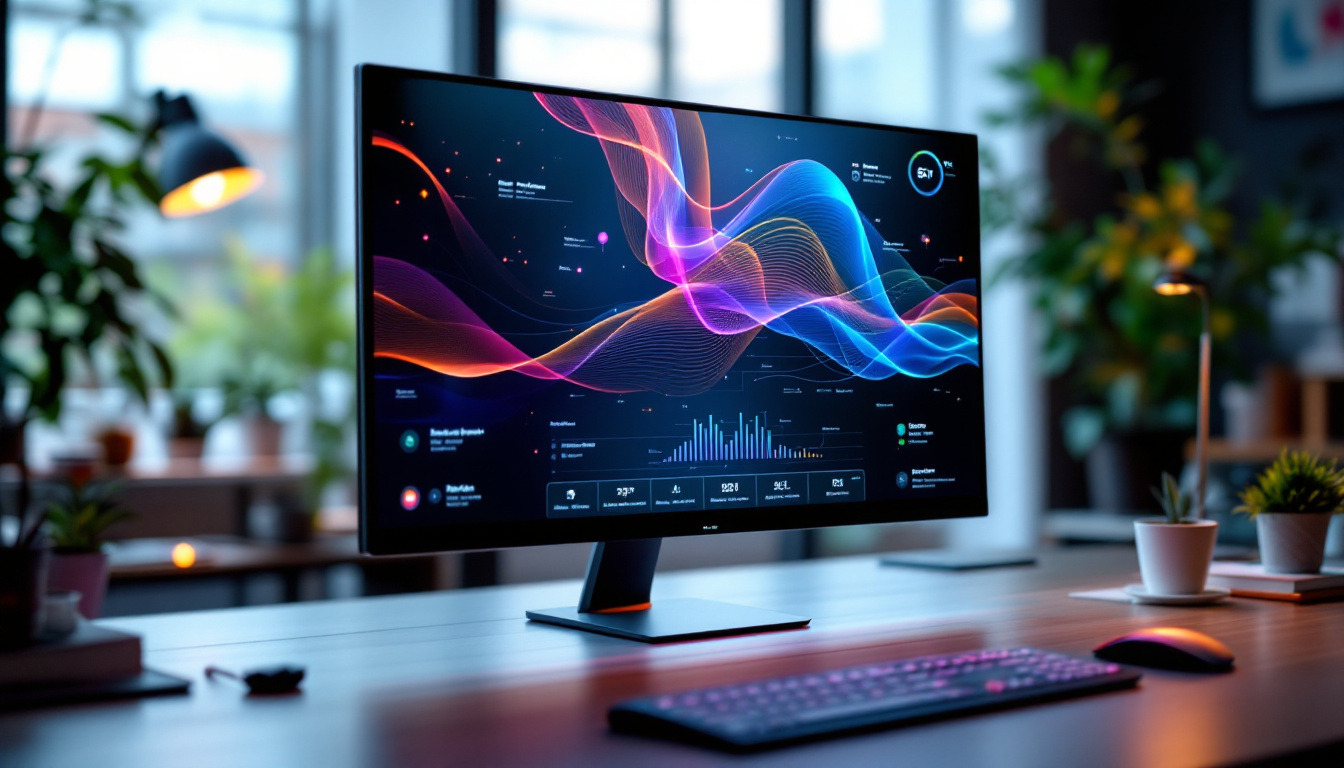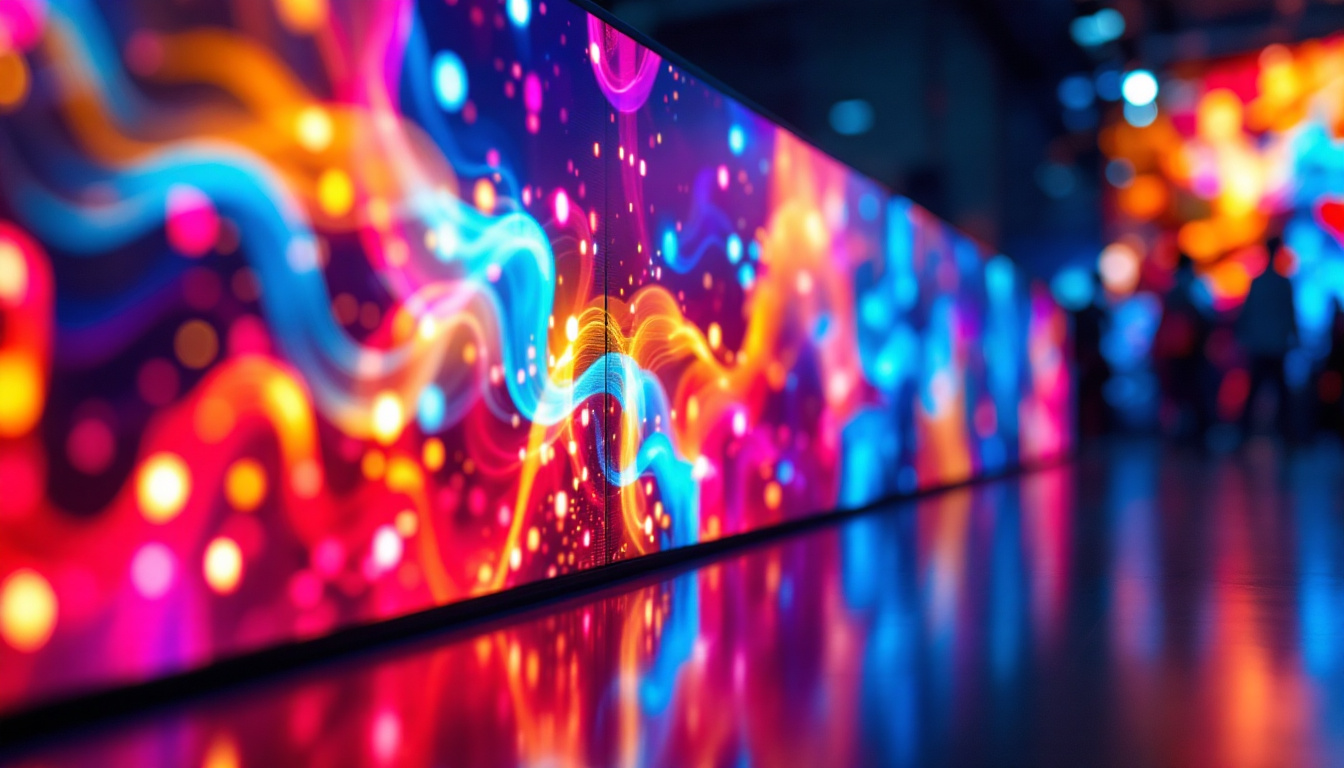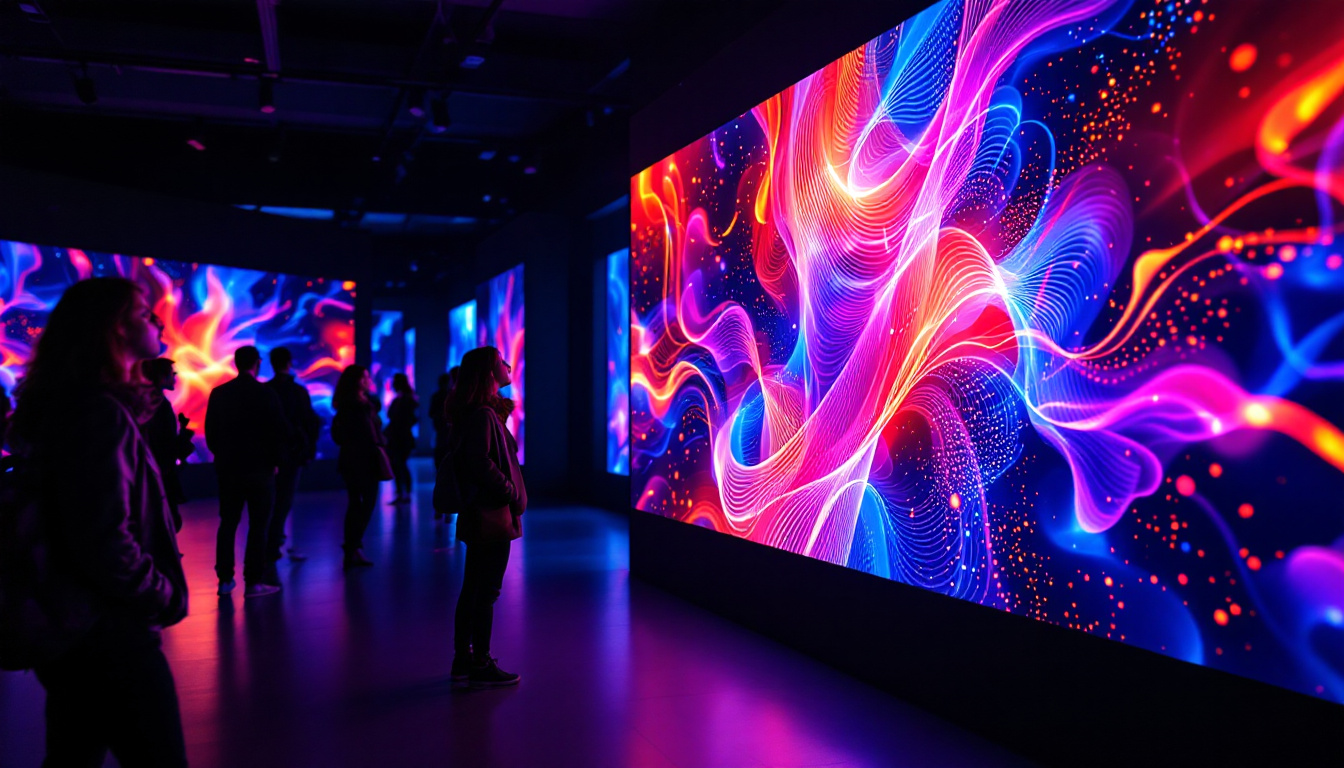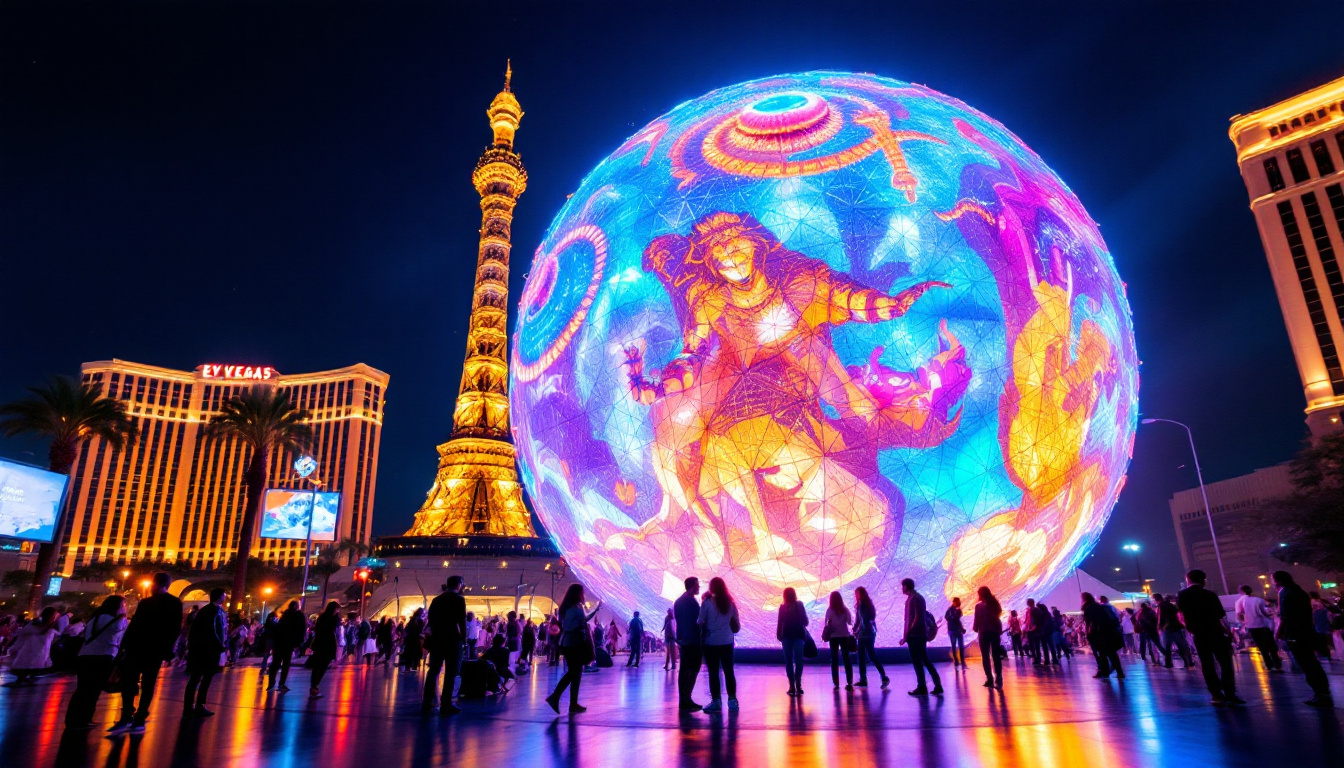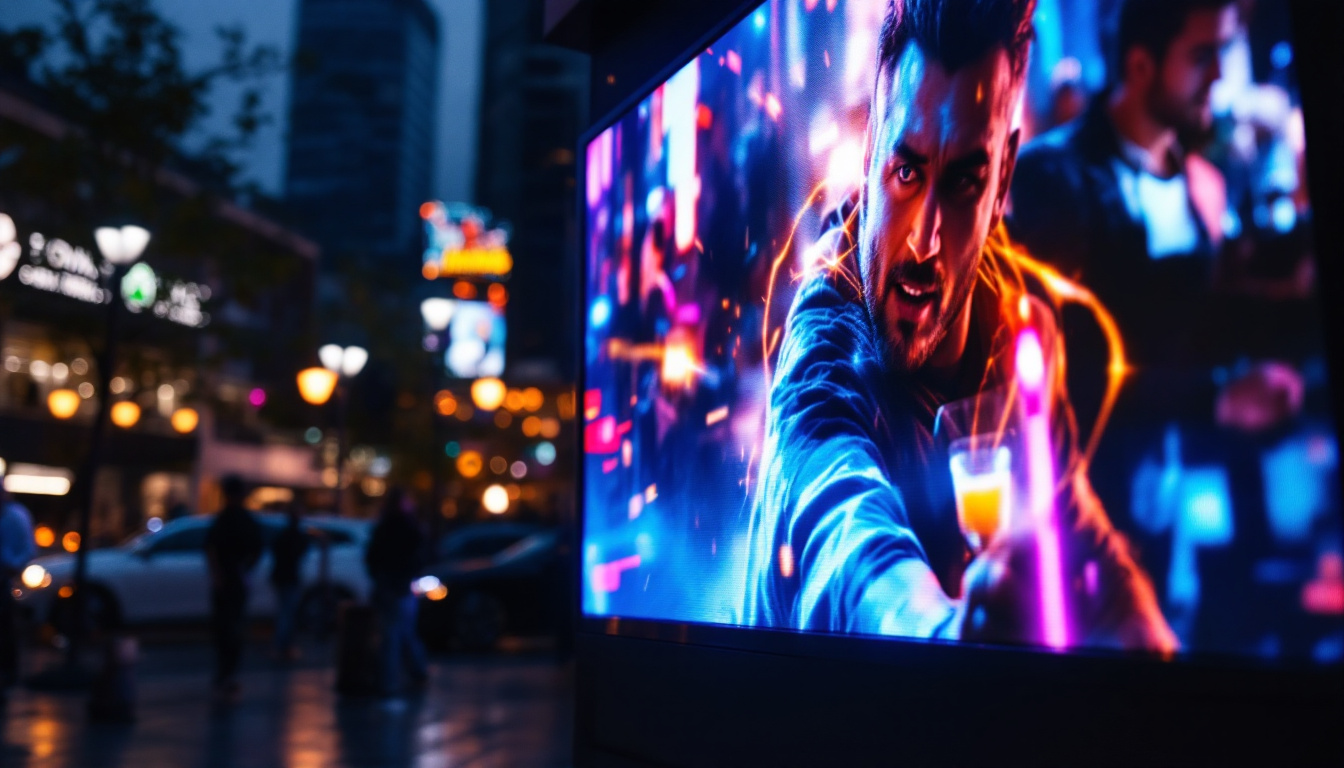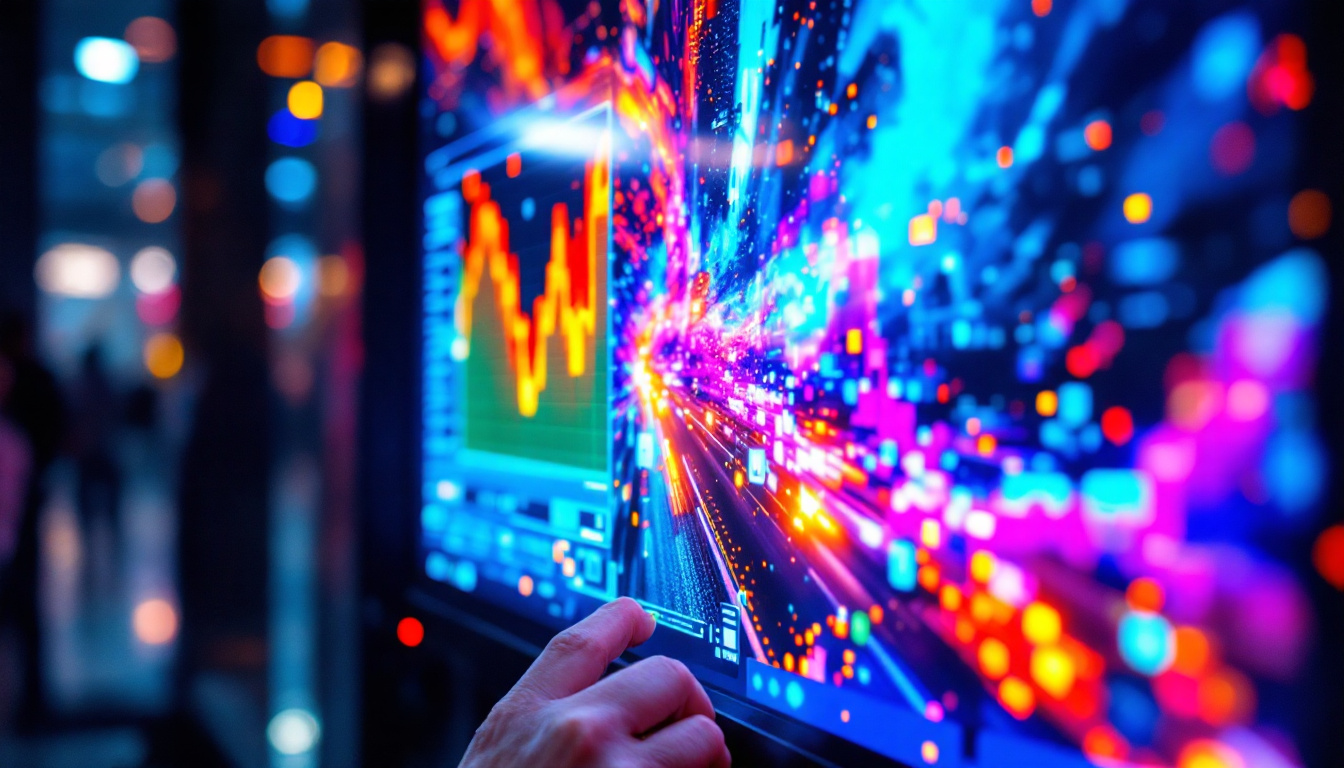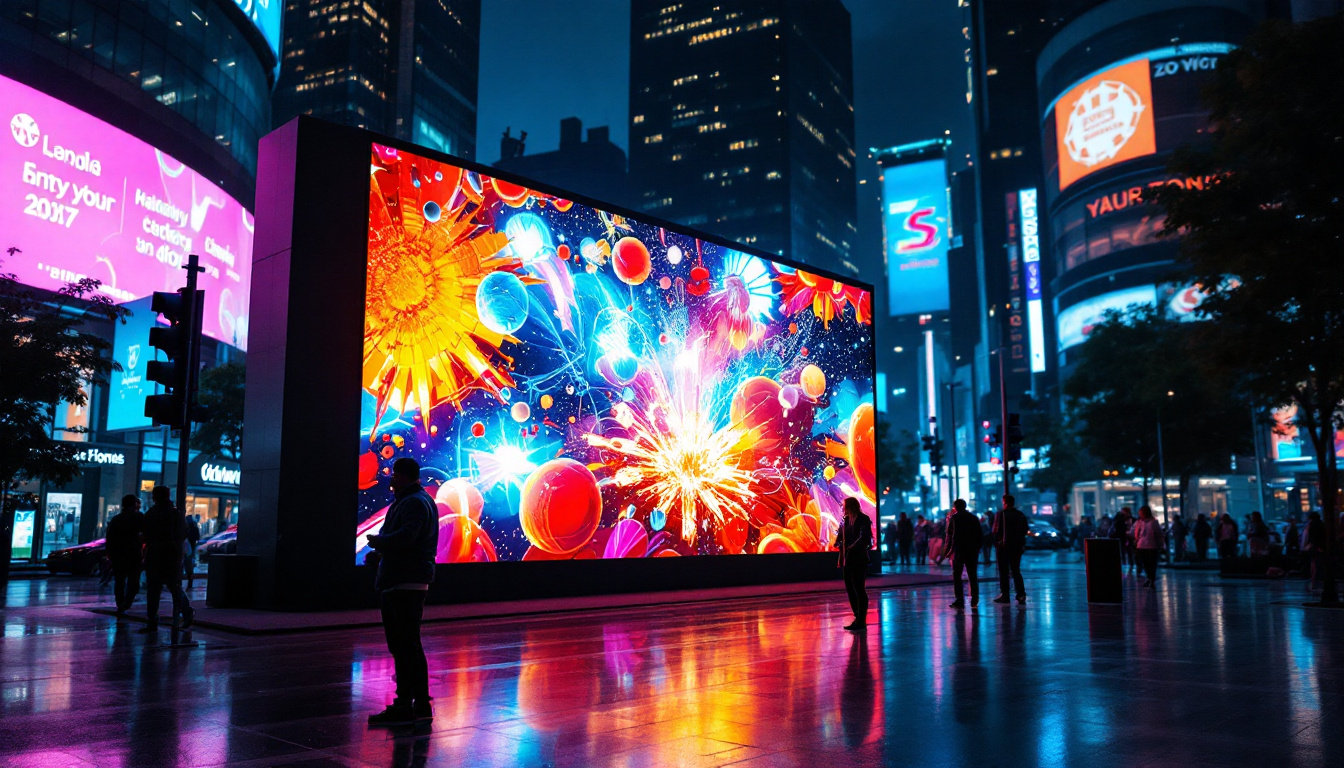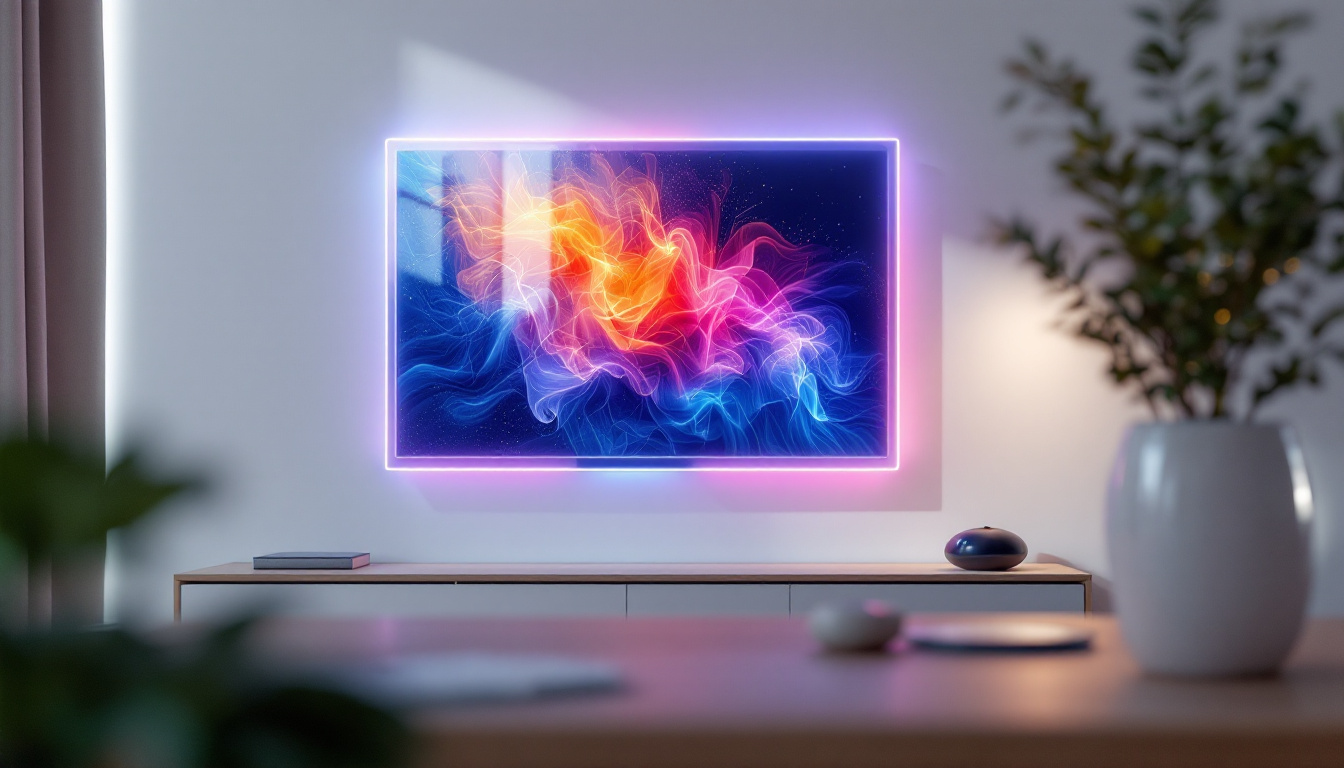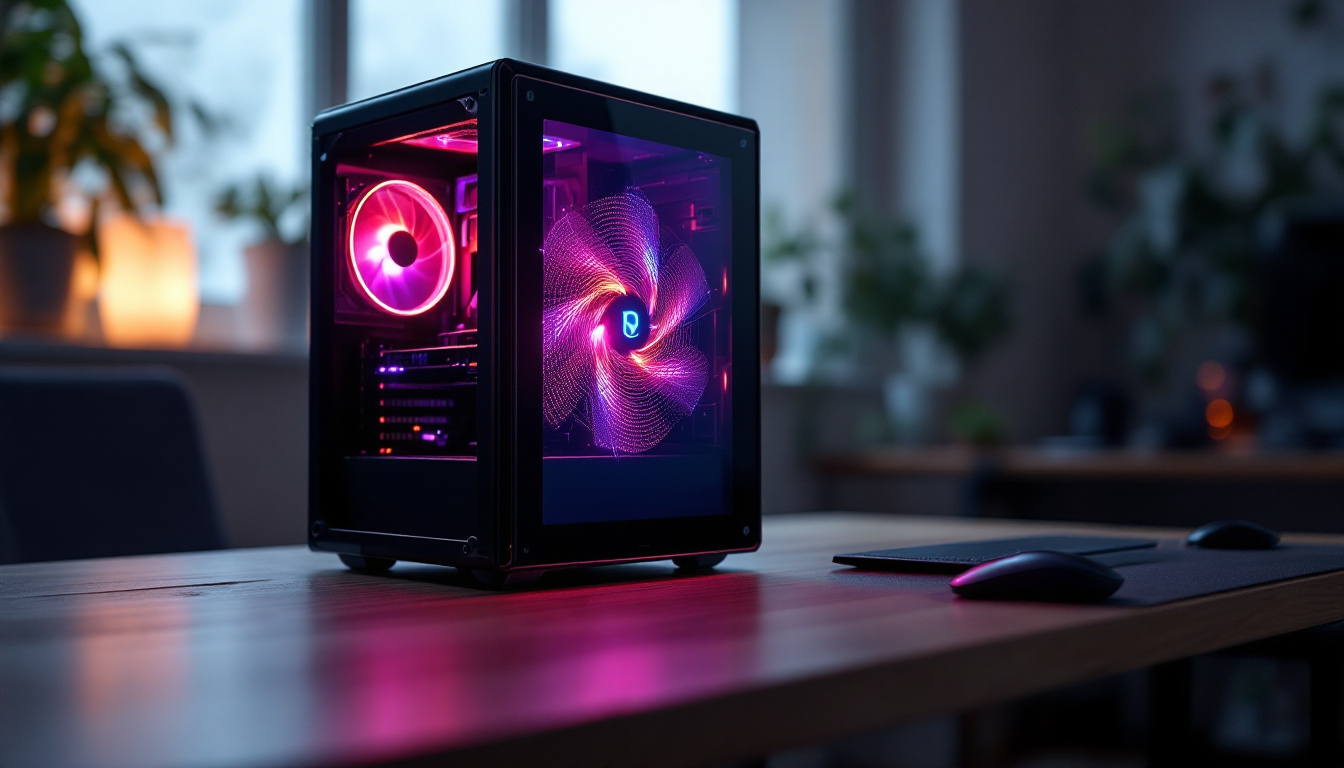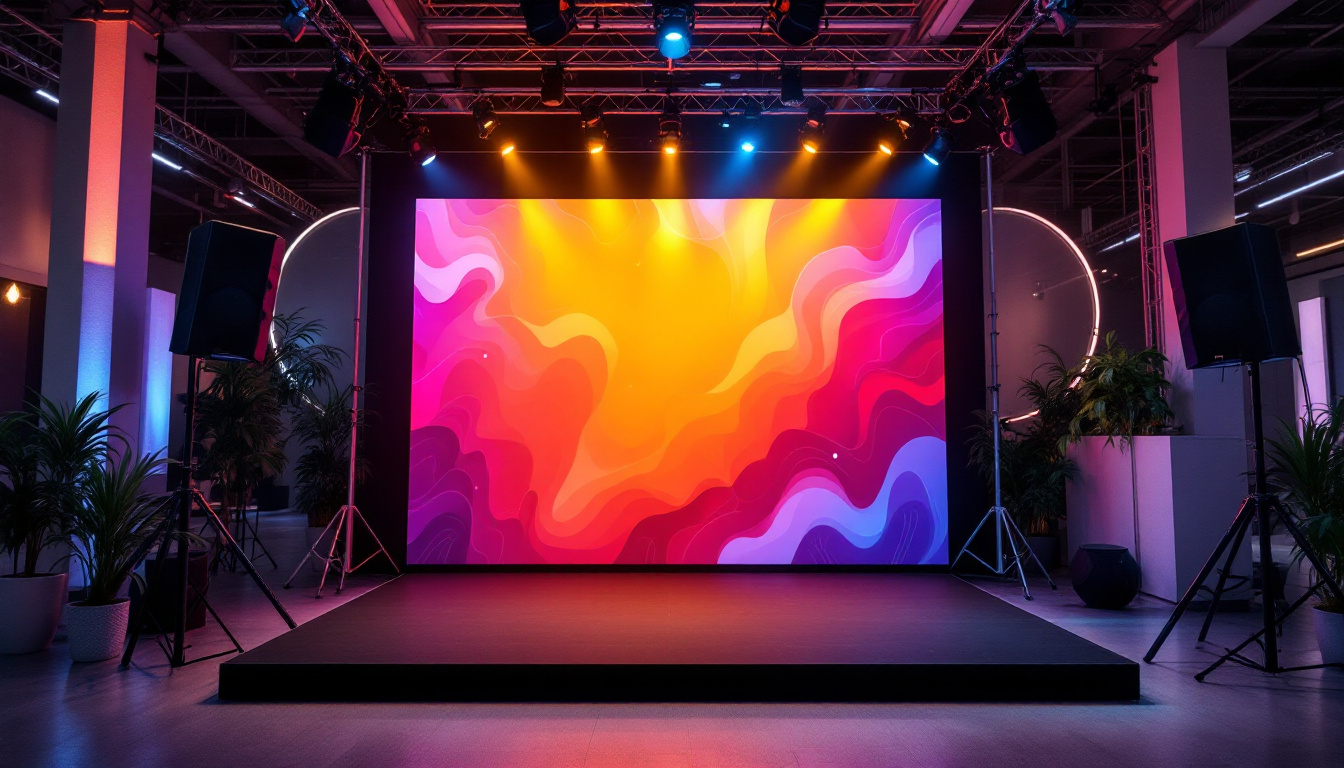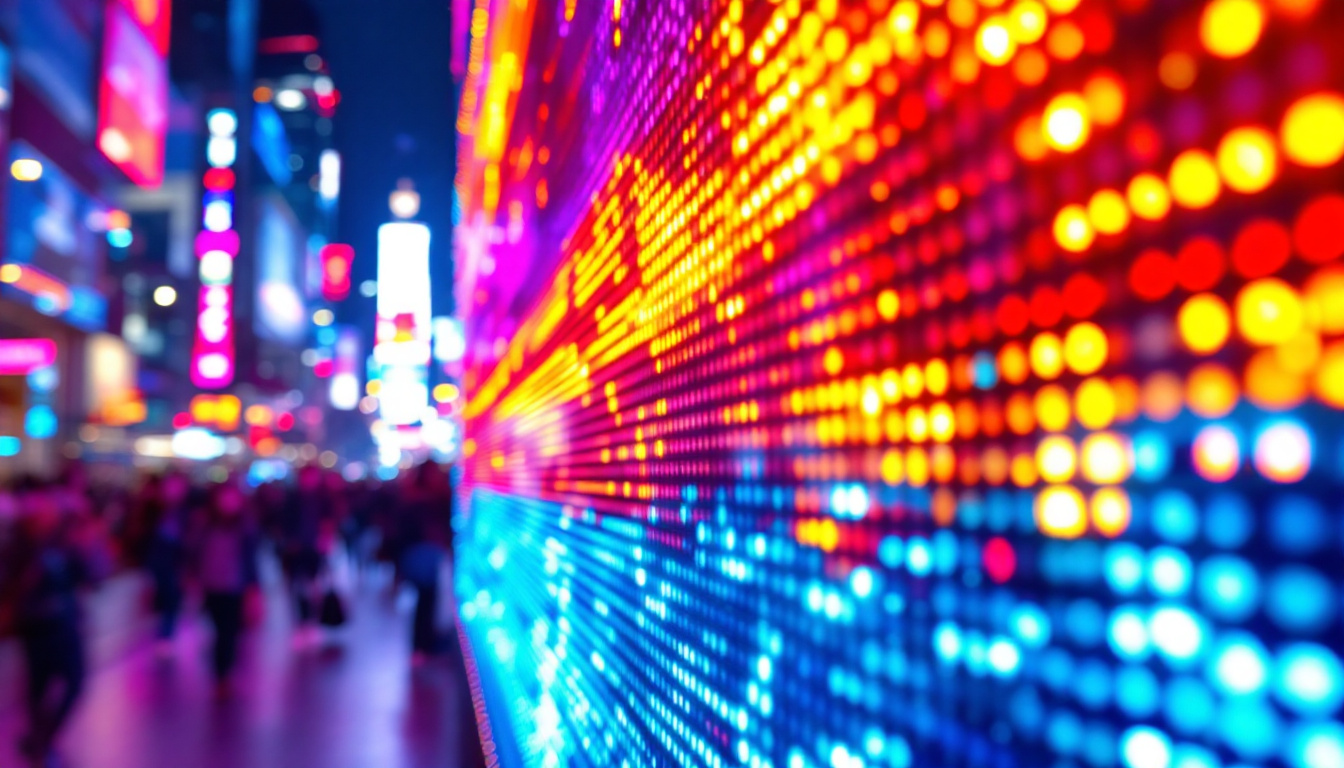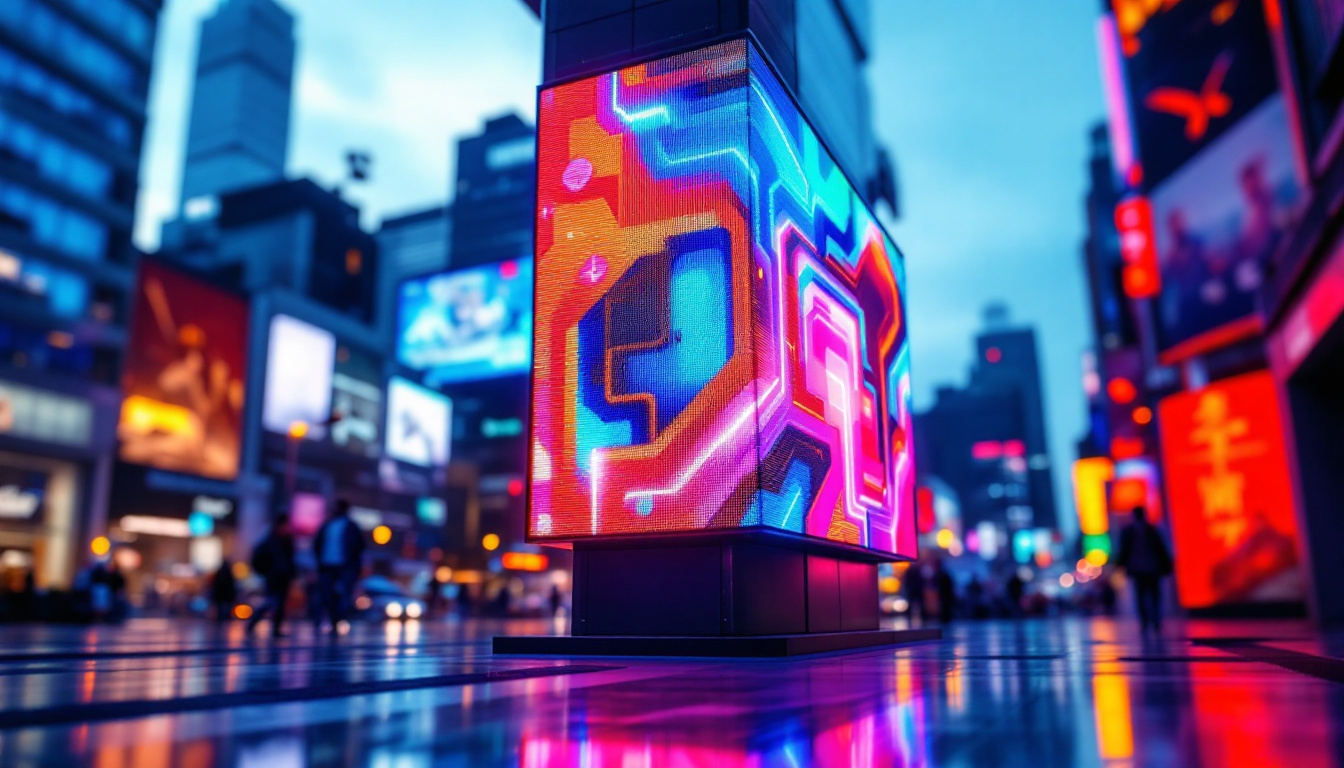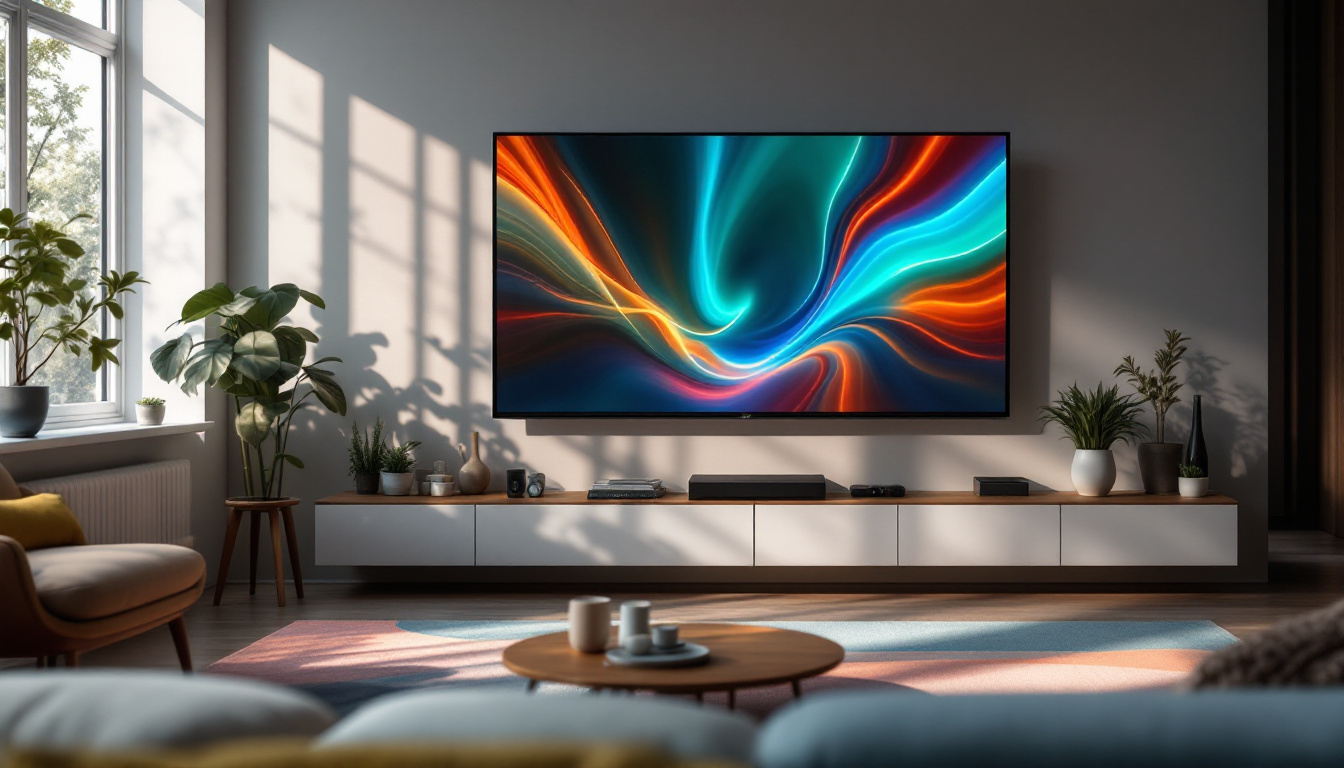In the realm of modern art, electronic artwork has emerged as a captivating medium that blends technology with creativity. Among the various forms of electronic art, LED displays stand out for their vibrant colors, dynamic visuals, and versatility. This article delves into the intricacies of LED displays, exploring their technology, applications, and the impact they have on the art world.
Understanding LED Technology
Light Emitting Diodes (LEDs) are semiconductor devices that emit light when an electric current passes through them. This fundamental principle has revolutionized various fields, including art, advertising, and entertainment. To comprehend how LED displays function, it is essential to explore their components and the technology behind them.
Components of LED Displays
LED displays consist of several key components that work in unison to create stunning visual effects. The primary elements include:
- LED Modules: These are the building blocks of an LED display, containing multiple LEDs arranged in a grid. Each module can display different colors and brightness levels, allowing for intricate designs.
- Control System: This system manages the content displayed on the screen. It processes input from various sources, such as computers or media players, and translates it into signals that control the LEDs.
- Power Supply: LEDs require a specific voltage and current to function correctly. The power supply ensures that the display receives the necessary energy to operate efficiently.
How LED Displays Work
The operation of an LED display relies on the principle of additive color mixing. Each LED emits light in red, green, or blue (RGB) colors. By adjusting the intensity of these colors, a wide spectrum of hues can be produced. When combined, these colors create the images and videos that captivate audiences.
Moreover, the resolution of an LED display is determined by the pixel pitch, which refers to the distance between the centers of two adjacent pixels. A smaller pixel pitch results in higher resolution and sharper images, making it ideal for close-up viewing.
In addition to their impressive visual capabilities, LED displays are also known for their energy efficiency. Compared to traditional lighting technologies, LEDs consume significantly less power while providing the same level of brightness. This efficiency not only leads to lower electricity bills but also contributes to a reduced carbon footprint, making LED technology a more sustainable choice for both businesses and consumers. Furthermore, advancements in LED technology have led to the development of smart displays that can adjust brightness based on ambient light conditions, further optimizing energy use.
Another fascinating aspect of LED technology is its versatility in application. From large outdoor billboards to small screens in smartphones, LEDs can be found in a multitude of devices. This adaptability has made them a preferred choice for dynamic advertising, where vibrant colors and high contrast can attract attention and convey messages effectively. Additionally, the durability of LEDs, which are resistant to shock and vibration, allows them to be used in various environments, including harsh outdoor conditions, without compromising performance.
Applications of LED Displays in Art
LED displays have found their way into various artistic applications, transforming how art is created, displayed, and experienced. From traditional galleries to public installations, the versatility of LED technology has opened new avenues for artists.
Digital Art Installations
Many contemporary artists are embracing LED technology to create immersive digital art installations. These installations often combine video, animation, and interactive elements, inviting viewers to engage with the artwork in unique ways. For instance, an artist might use LED screens to project a dynamic visual narrative that evolves based on audience interaction.
Such installations not only captivate viewers but also challenge traditional notions of art. By incorporating technology, artists can explore themes of temporality, interactivity, and the relationship between the digital and physical worlds. The use of LED displays allows for a fluidity in artistic expression, where colors can shift and change in real-time, creating a living artwork that responds to its environment. This adaptability can lead to a deeper emotional connection with the audience, as they become active participants in the unfolding narrative rather than passive observers.
Public Art and Advertising
LED displays are increasingly used in public art projects and advertising campaigns, blurring the lines between commercial and artistic expression. Large-scale LED billboards can showcase artistic visuals in urban environments, transforming cityscapes into vibrant canvases.
Moreover, artists often collaborate with brands to create eye-catching advertisements that are not only promotional but also aesthetically pleasing. This fusion of art and commerce has led to a new genre of public art that engages audiences in unexpected ways. For example, temporary installations on LED screens can feature rotating artworks from local artists, providing a platform for emerging talent while simultaneously enhancing the visual landscape of the city. Additionally, these displays can be programmed to change with the seasons or local events, ensuring that the artwork remains relevant and continuously engaging to the community. This dynamic approach not only enriches the urban experience but also fosters a sense of belonging and pride among residents, as they see their local culture reflected in the vibrant art that surrounds them.
The Impact of LED Displays on the Art World
The integration of LED displays into the art world has sparked discussions about the future of artistic expression. As technology continues to evolve, so too does the potential for artists to push boundaries and explore new creative territories.
Accessibility and Democratization of Art
One of the most significant impacts of LED displays is the democratization of art. Digital platforms and LED technology have made it easier for artists to share their work with a global audience. Online galleries and social media platforms allow artists to showcase their creations without the constraints of traditional exhibition spaces.
This accessibility has led to a more diverse range of voices in the art world, as emerging artists can gain recognition and connect with audiences more easily. Additionally, LED displays can be used in community art projects, fostering collaboration and engagement among local artists and residents. These projects often serve as a canvas for collective expression, allowing communities to reflect their unique identities and stories through vibrant visuals. Events such as projection mapping festivals have further popularized this trend, transforming public spaces into immersive art experiences that captivate and inspire passersby.
Challenges and Criticisms
Despite the many advantages of LED displays in art, there are also challenges and criticisms associated with their use. Some purists argue that digital art lacks the authenticity and tactile qualities of traditional mediums. Concerns about the transient nature of digital art and the potential for obsolescence also arise, as technology continues to advance rapidly.
Furthermore, the environmental impact of producing and disposing of LED displays raises questions about sustainability in the art world. Artists and institutions are increasingly aware of these issues and are exploring eco-friendly alternatives and practices to mitigate their carbon footprint. Innovations such as biodegradable materials and energy-efficient designs are being researched and implemented, allowing artists to create impactful works while minimizing their environmental impact. Additionally, discussions around the preservation of digital art have gained traction, prompting institutions to develop strategies for archiving and maintaining digital works for future generations, ensuring that the evolution of art continues to be documented and appreciated.
The Future of LED Displays in Art
As technology continues to evolve, the future of LED displays in art appears promising. Artists are constantly experimenting with new techniques and concepts, pushing the boundaries of what is possible with electronic artwork.
Innovations in LED Technology
Recent advancements in LED technology have led to the development of flexible and transparent displays. These innovations open up exciting possibilities for artists, allowing them to create installations that seamlessly integrate with their surroundings. For example, flexible LED screens can be shaped into various forms, enabling artists to explore new dimensions in their work.
Additionally, the advent of smart LED displays equipped with sensors and connectivity features allows for interactive experiences that respond to viewer engagement. This interactivity can transform the way audiences experience art, making them active participants rather than passive observers. Imagine walking through a gallery where the artwork reacts to your movements, changing colors or patterns as you approach, creating a personalized experience that feels uniquely yours.
Collaborative Projects and Cross-Disciplinary Approaches
The future of LED displays in art is likely to see increased collaboration between artists, technologists, and scientists. Cross-disciplinary projects that combine art with fields such as data visualization, augmented reality, and artificial intelligence are already emerging, creating innovative experiences that challenge traditional artistic boundaries.
Such collaborations can lead to groundbreaking artworks that not only entertain but also provoke thought and dialogue about contemporary issues. As artists continue to explore the intersection of technology and creativity, the potential for new forms of expression is limitless. For instance, artists might use data from environmental sensors to create visualizations that reflect real-time changes in climate, merging art with activism. This not only enhances the aesthetic experience but also raises awareness about pressing global challenges, demonstrating how LED displays can serve as a powerful medium for social commentary and change.
Conclusion
LED displays have undeniably transformed the landscape of electronic artwork, offering artists new tools and mediums to express their creativity. From immersive installations to public art projects, the versatility of LED technology has expanded the possibilities of artistic expression.
While challenges and criticisms persist, the future of LED displays in art is bright. As artists continue to innovate and experiment, the integration of technology into the art world will likely lead to exciting developments that redefine our understanding of art itself. Embracing these changes, the art community can look forward to a vibrant future where creativity and technology coexist harmoniously.
Discover the Future of Art with LumenMatrix
As you contemplate the vibrant intersection of art and technology, consider how LumenMatrix is at the forefront of this revolution. Our extensive range of LED display solutions, from Indoor and Outdoor LED Wall Displays to innovative LED Transparent Displays, offers artists and businesses alike the opportunity to transform any space into a dynamic visual experience. Embrace the future of visual communication and check out LumenMatrix LED Display Solutions to see how our cutting-edge technology can bring your creative vision to life.

